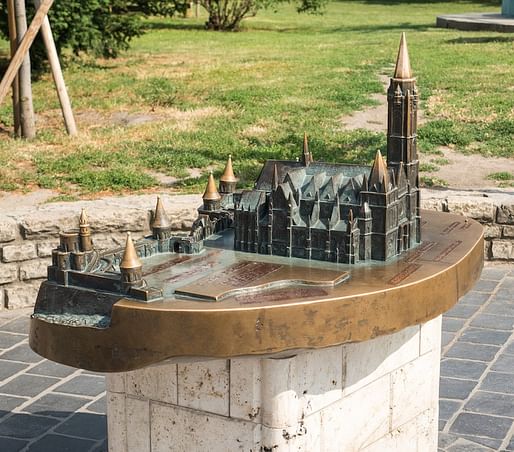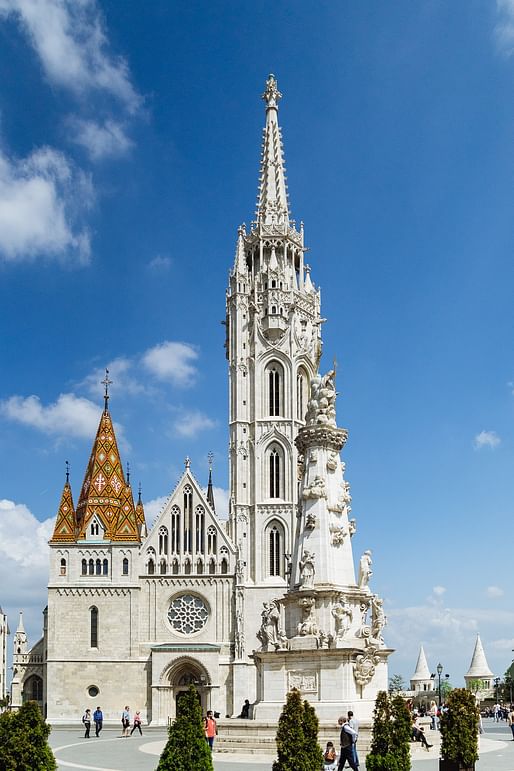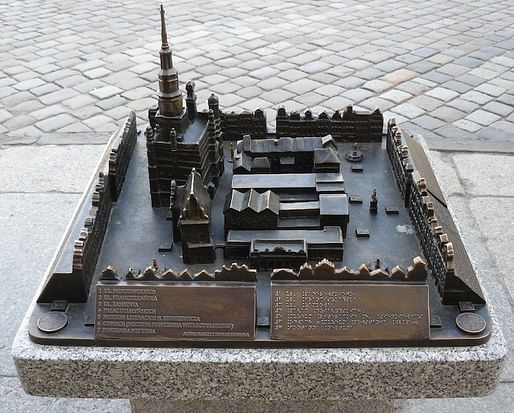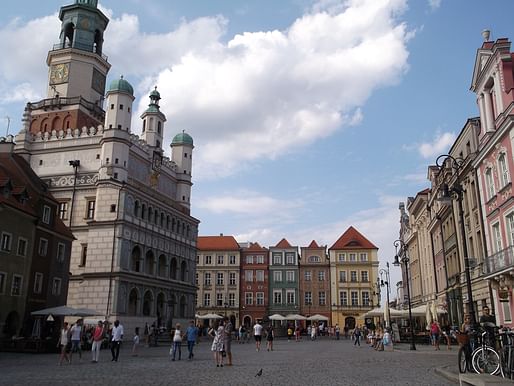
Despite changes in technology and forms of representation, around the world, architectural models continue to address an important issue in aesthetic experience: Providing access to architecture for the visually impaired.
"Whether it’s marveling at the height of the Eiffel Tower or gaining a new appreciation for the decorative tiling at the Taj Mahal, seeing these famous sites with one’s own eyes is one of the biggest pleasures of travel. But what about those with visual impairments?" writes Jessica Stewart of My Modern Met.


It's an important question, one with an answer that displays itself in physical form. Scale models, like those created by German sculptor Egbert Broerken, situate themselves across the globe in various city centers, allowing the visually impaired to explore the urban landscape under the nerves of their fingertips.


"These tactile models also include information in braille to help more people read about individual monuments or even entire city centers.," Stewart elaborates. The sculptures, typically cast in bronze, serve as a experiential vehicle, aiming to give the visually distinctive pedestrian an aesthetic experience to be remembered.
No Comments
Block this user
Are you sure you want to block this user and hide all related comments throughout the site?
Archinect
This is your first comment on Archinect. Your comment will be visible once approved.